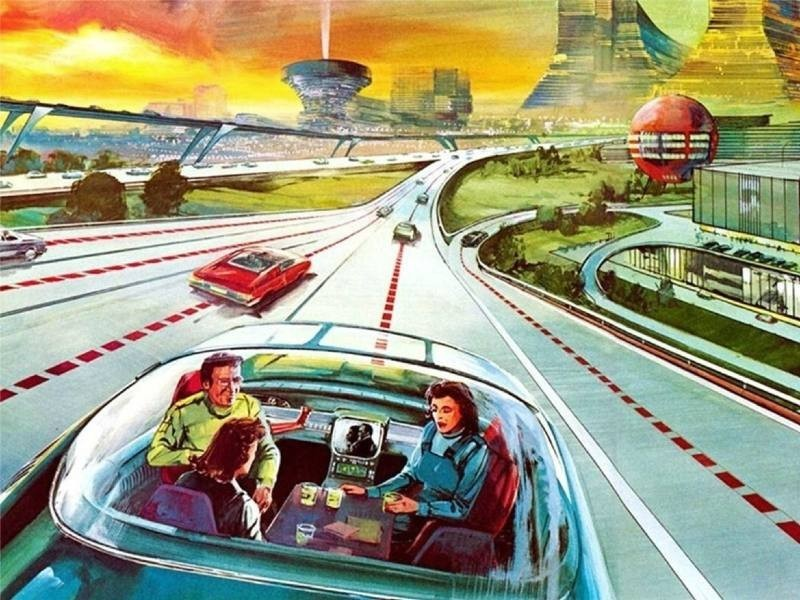I posted the original article on LinkedIn, but the social functions of LinkedIn China were cut off, and the article and blog cannot be accessed in the domestic network environment. I want to express my appreciation to Garage 42 for providing a sharing platform. I really like the community atmosphere of Garage 42. I hope more friends can participate in sharing and discussion.
Autonomous driving is really hot. According to surveys, there are three times as many start-ups in the autonomous driving industry as in the electric vehicle industry. To understand the value that autonomous driving can bring us, we must first understand the value that vehicles in the present bring us, which are the carriers of autonomous driving technology.
Ownership
Space occupation, many people treat their cars as a small mobile (or immobile) warehouse. In addition to driving and equipment such as cushions, umbrellas, snacks, drinks, tire pumps, vacuum cleaners, cleaning supplies, and car wash cloths, men put some tools, sports equipment, and outdoor equipment in their cars; women put lipstick, hand cream, sunscreen, sunscreen clothing, shoes, coats, and bags in their cars. Parents put strollers, baby equipment, and all kinds of children’s toys in their cars. Space occupation provides convenience and practical value.
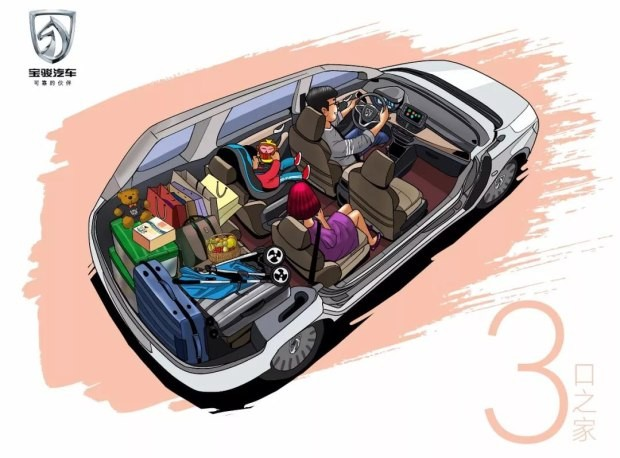
Identity symbol, many people also use cars as large objects that match their identity, personal hobbies, or life stages to display to dating partners, business partners, relatives and friends, the public media, and others. It gains social-related values such as good impression, trust, and recognition.
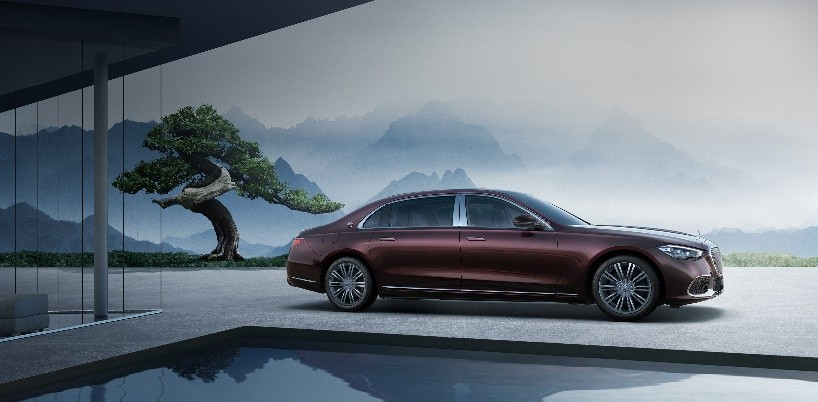
Both of the above typical scenarios put forward the attribute requirements of belongingness to the vehicle, which is why I call it ownership value.
Mission-Specific
Travel, this is one of the important original purposes of inventing vehicles. From vehicles powered by human force, to fossil fuel-powered vehicles, to various types of new energy-powered vehicles today, inventing and re-inventing, innovating, behind all of these, an important goal is to make the traveling experience better and the cost lower. Because the essence of travel is from A to B, a good experience and lower cost are essential.
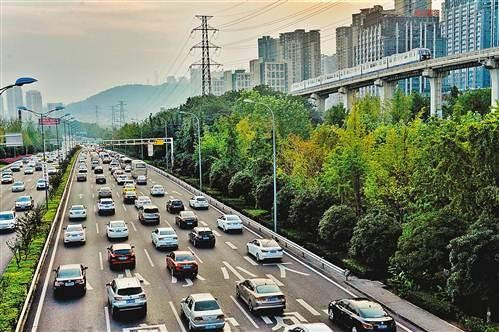
Logistics, this is the second important original purpose of inventing vehicles. Economic development cannot be achieved without logistics. The essence of logistics is very similar to that of travel, but after replacing the carrying object from a person to an item, it is from A to B, fast and low cost.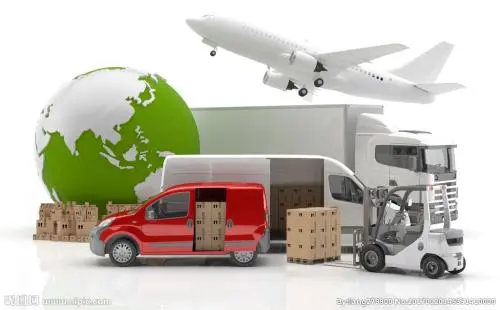
Although the above two typical scenarios are the most important motivations for the invention of vehicles, these scenarios do not require any specific attributes of vehicles because they are essentially about using vehicles to provide services or accomplish tasks. Therefore, Mobility as a Service (MaaS), Just In Time (JIT), Logistics as a Service (LaaS), Online to Offline (O2O), and Delivery as a Service (DaaS) are more often mentioned.
The addition of autonomous driving functions will significantly increase the value of vehicle usage types.
In addition to further reducing travel and logistics costs (by eliminating the need for a driver),
the deep integration of autonomous driving in urban transportation makes everything on the road completely controllable, providing a smooth travel experience, and more user scenarios with huge commercial value can be added during the travel process, such as business, social, entertainment, gaming, leisure, various service industries, etc.
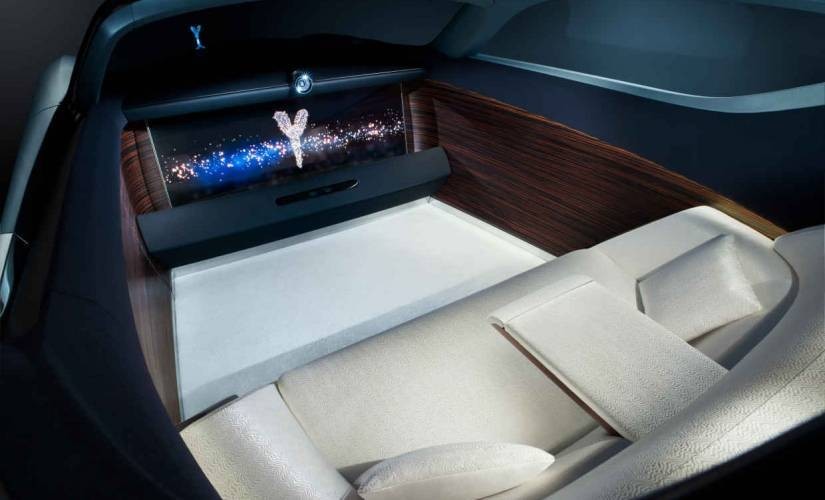
After deep integration with IoT and robotic automation, autonomous driving will further improve logistics efficiency, reduce labor costs, and become a powerful tool for industry change: truly achieving Factory-to-Consumer F2C, unmanned and timely logistics JIT-L, unmanned delivery and takeout O2O, etc.
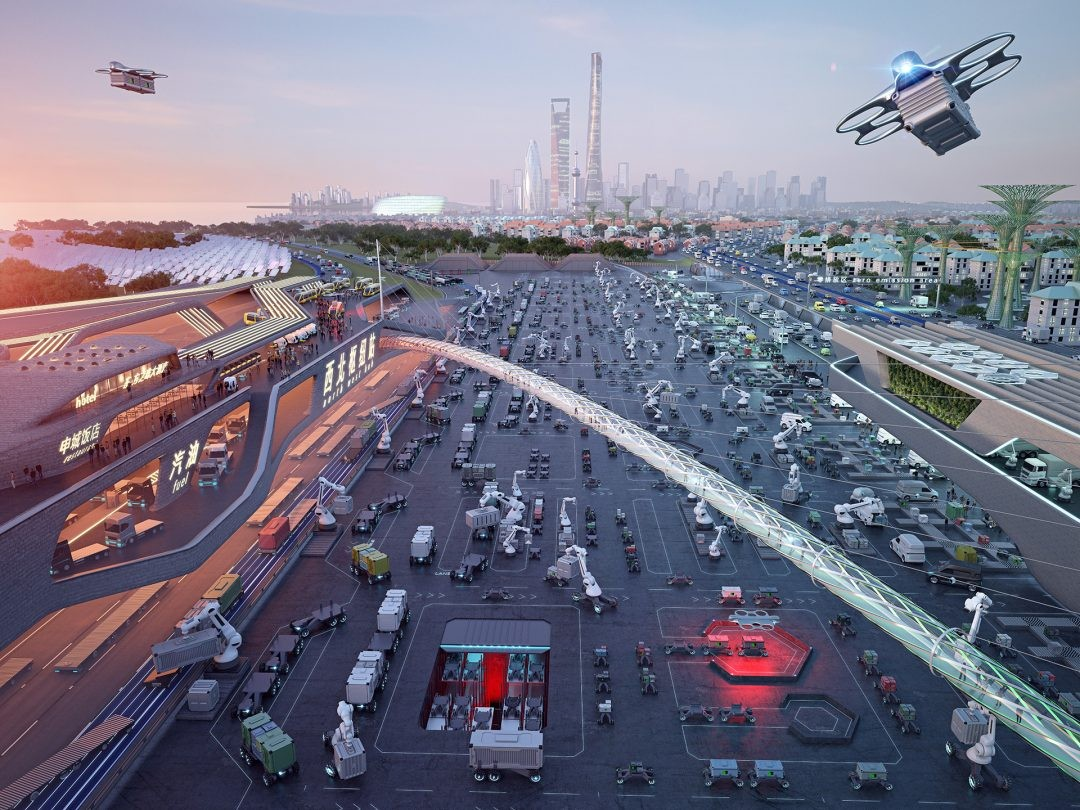
In addition to travel and logistics, we will discover more new usage scenarios: entry to the metaverse, resting compartments, vending machines, mobile coffee stations, ice cream stations, cocktail bars, etc.
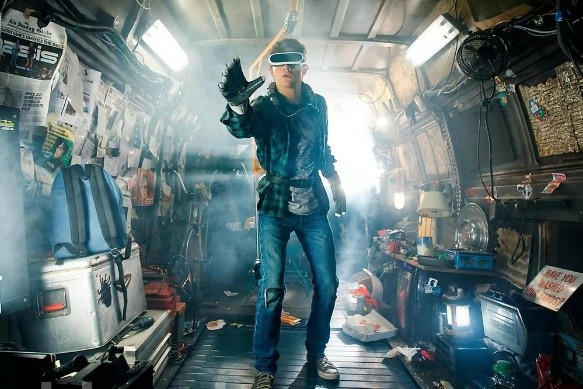
Autonomous driving not only solves pain points in existing scenarios and resolves the conflict between mobility and sustainability, but more importantly, it will bring new scenarios that break the boundaries between mobility and space, and completely change our lives.
Dear readers, feel free to share any new scenarios you may have thought of after reading this article. Let us look forward to the future of autonomous driving together.
This article is a translation by ChatGPT of a Chinese report from 42HOW. If you have any questions about it, please email bd@42how.com.
